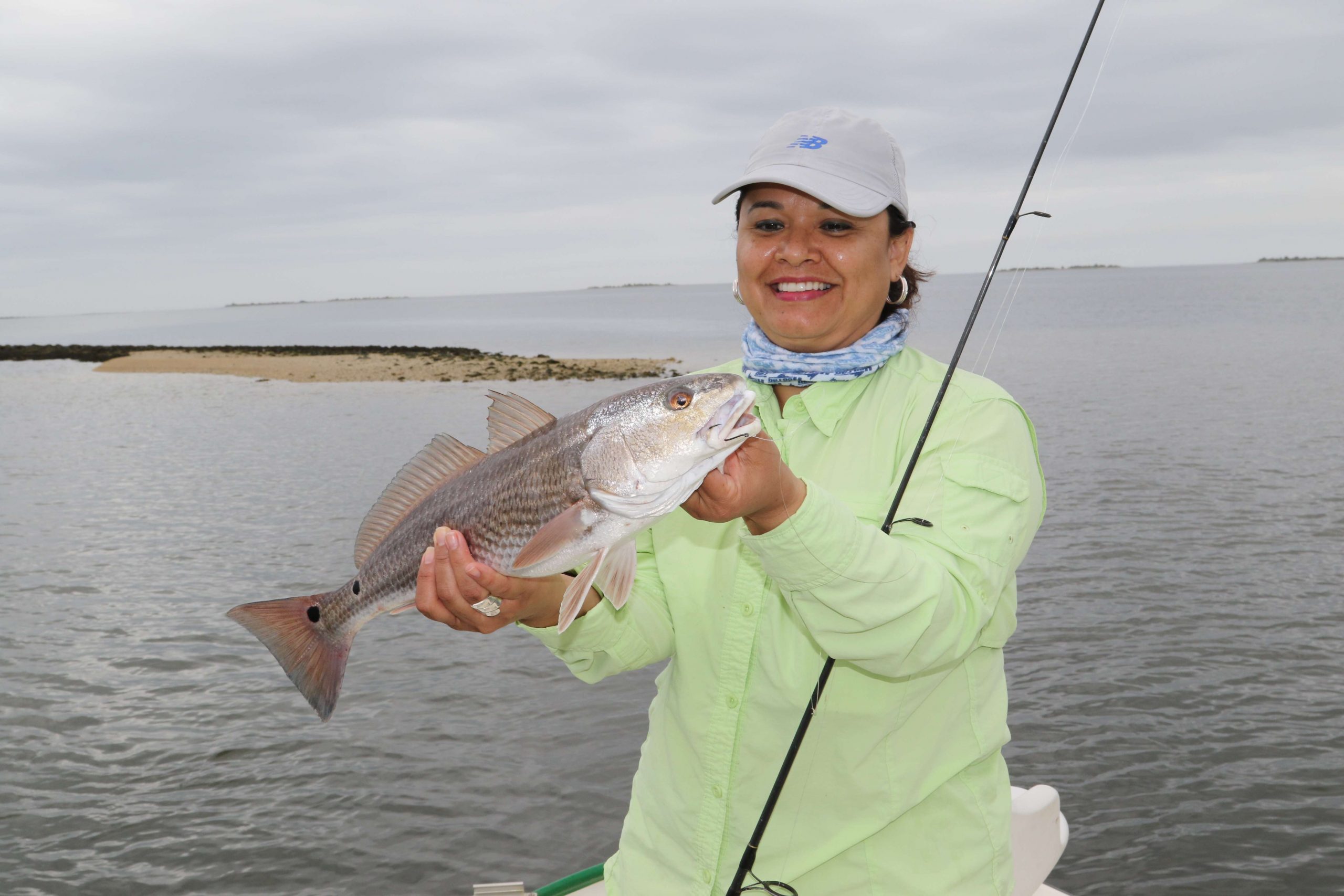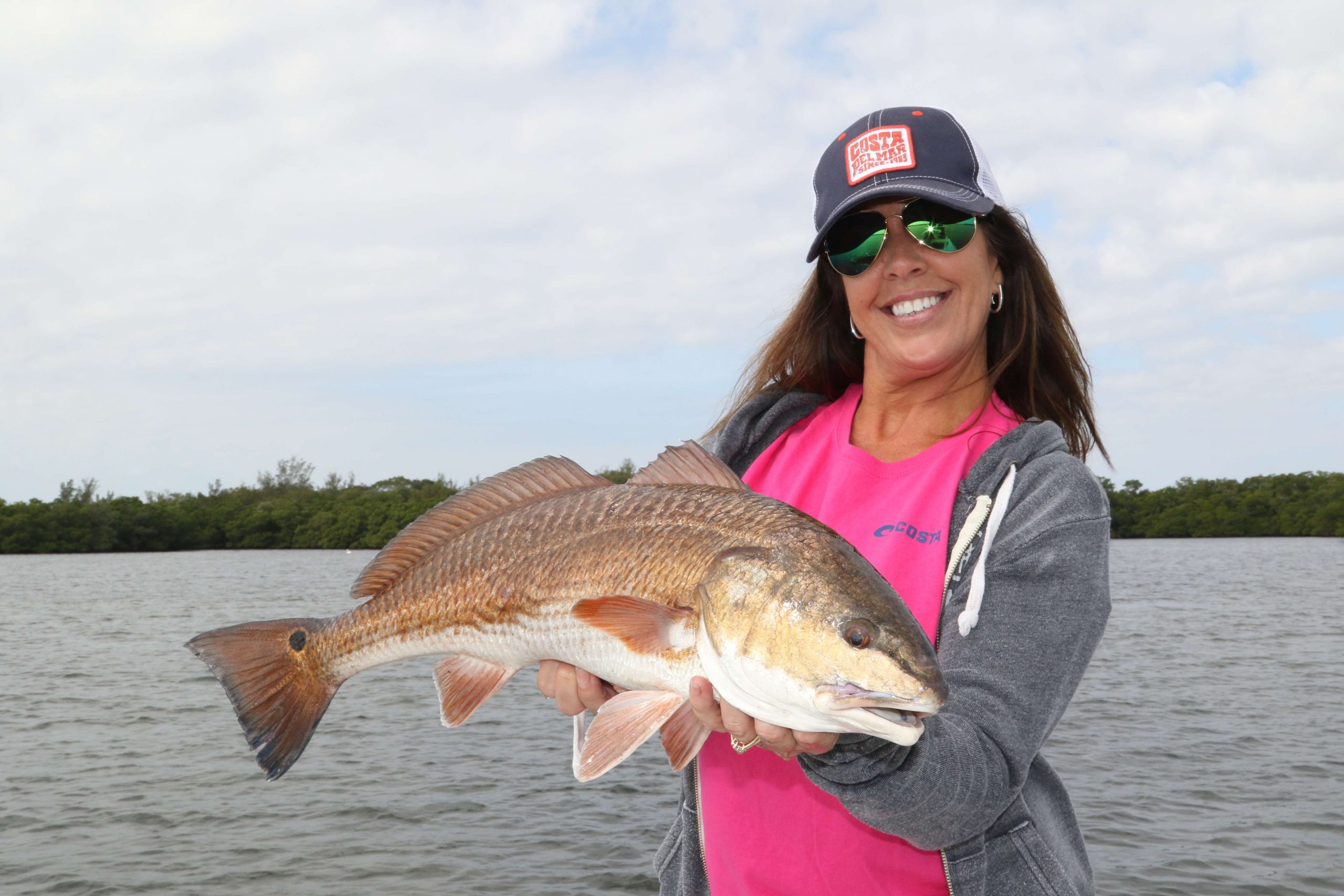
When top-shelf inshore anglers show up for the Yamaha Bassmaster Redfish Cup Championship presented by Skeeter, Nov. 12-14 in Port Aransas, Texas, they’ll definitely need to bring their A game. With a daunting level of competition, this event will likely showcase highly specific bait selections based on conditions and habitat details.
We really aren’t overstating things here — the event’s host site boasts the title “Fishing Capital of Texas. That all but guarantees any redfish worth catching has seen more baits than the Bass Pro Shops fulfillment center on Black Friday.
No doubt, hunting down tournament-quality fish, making the right presentations and then keeping feisty reds buttoned up all the way to the boat demands diligence.
But then there’s the casual side of redfishing.
There’s the often visual delight of spotting your targets, watching the water boil and then launching into the rod-bending, drag-pulling thrill of wrangling one of the sea’s hardest fighters. Whether it’s tournament-quality fish in that 26- to 27-inch range or something less than 2 feet in length, redfish are actually among the most user-friendly inshore species.
Built like tanks and perfectly formed for foraging in and around shallow marine habitats, redfish won’t disappoint — at the end of your line or on the dinner plate. Here’s a look at the copper-scaled bruisers and how you can find them.
Who they are
Known to marine biologists as Sciaenops ocellatus, the redfish belongs to the Sciaenidae family, which also includes the spotted seatrout (Cynoscion nebulosus), another popular inshore species often found in similar habitats. Redfish — properly known as red drum — are also kin to another inshore neighbor, the black drum (Pogonias cromis).
Reds are easily distinguished from black drum by their shiny scales, which can range from a deep, auburn red to pumpkin orange, to a light rosy hue and their prominent tail spots (sometimes more than one per side). Also, redfish have a lower profile than the taller black drum. The latter’s chin barbels and longer pectoral fins are dead giveaways.
One of the most widely distributed saltwater species, redfish roam throughout the Gulf of Mexico and East Coast from Florida to Massachusetts.
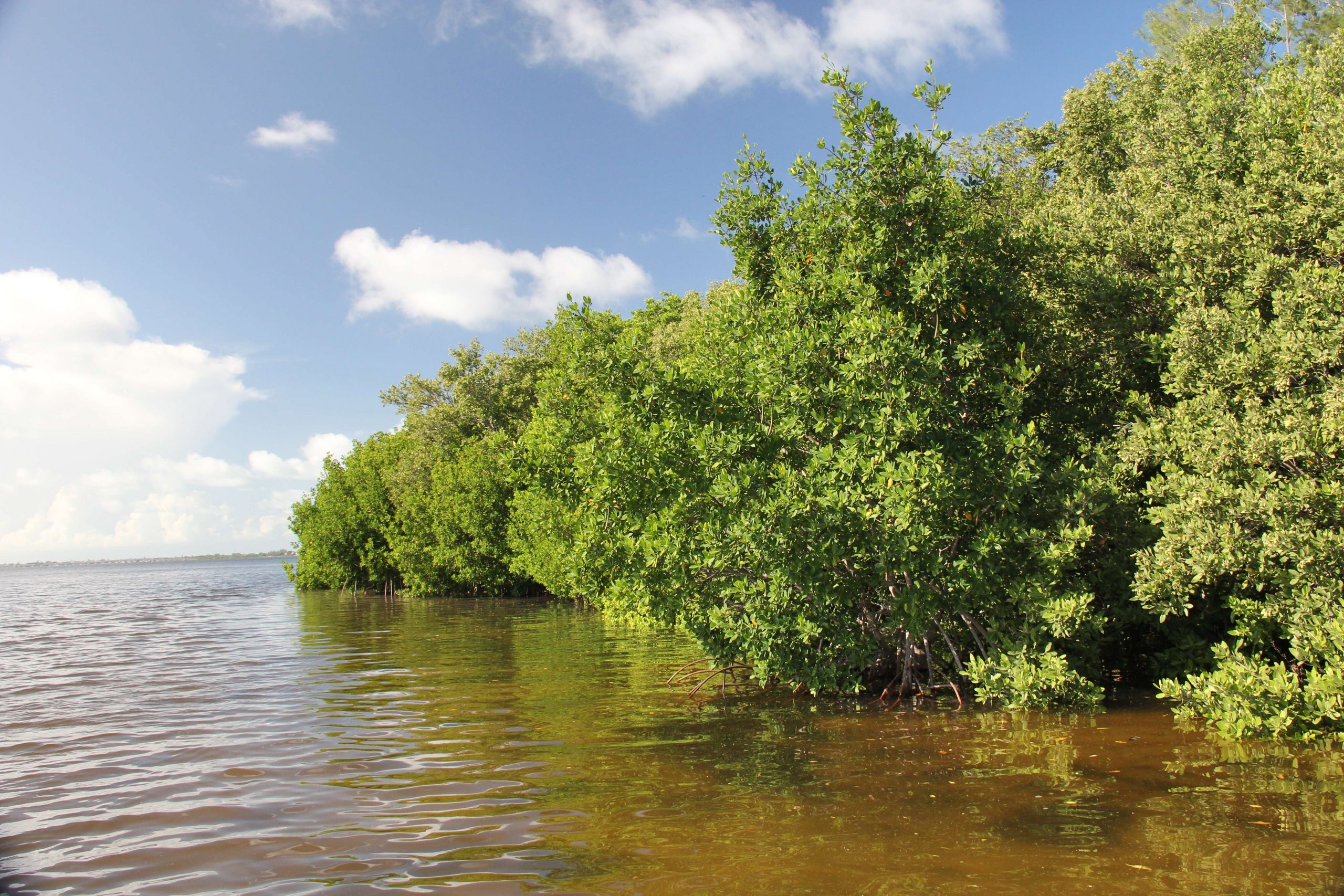
Where they live
A highly adaptive species keen on finding food wherever it hides, redfish frequent a variety of habitat features. When in doubt, consider hard bottom spots where crustaceans gather and open areas through which sardines, finger mullet, pinfish and other baitfish pass.
Mangroves: Be it coastal islands or mainland edges, the distinctive overhanging trees present prime feeding areas for several reasons. First, a close look shows the gnarly tangle of emergent mangrove roots, which provide habitat for crustacean and finfish forage.
Also, mangrove overhangs provide much-needed shade during hot weather. Rising tides find redfish moving progressively closer to the cover, with summer’s extreme high levels allowing reds to push deep into mangrove basin.
Lastly, mangrove shoreline contours often present lots of points, dips and tidal trenches from which reds can ambush meals.
Oysters: Mounds of living bivalves present a treasure trove of shrimp, crabs, snails and invertebrates that reds favor. Years of tidal washing usually leaves a deeper trough at one end, so consider this the stairwell for reds moving onto the bar with rising tides and the fall-back point when the water recedes.
Also, because oysters typically need a mix of salt and fresh water, you’ll often find clusters of these bivalves lining the mouths of small creeks draining rain water from mangrove islands. Two key redfish habitat features present strategic focal points.
Grass flats: Known as “the cradle of life,” sea grass holds a buffet of redfish forage — baitfish, shrimp, crabs and several juvenile versions of larger marine species. Reds may graze just about anywhere across the flat, but sandy depressions, called “potholes,” are popular spots where reds laze away the slower tide stages. Isolated rocks, broken bottom (mottled sand/grass mixture) and sand bars are worth a look.
Marshes: Broad fields of spartina grass and other stalky, emergent vegetation carved with a labyrinth of creeks and drains presents prime redfish habitat. Bends with deeper water running close to grass edges are the sweet spots and scattered oyster reefs enhance the appeal.
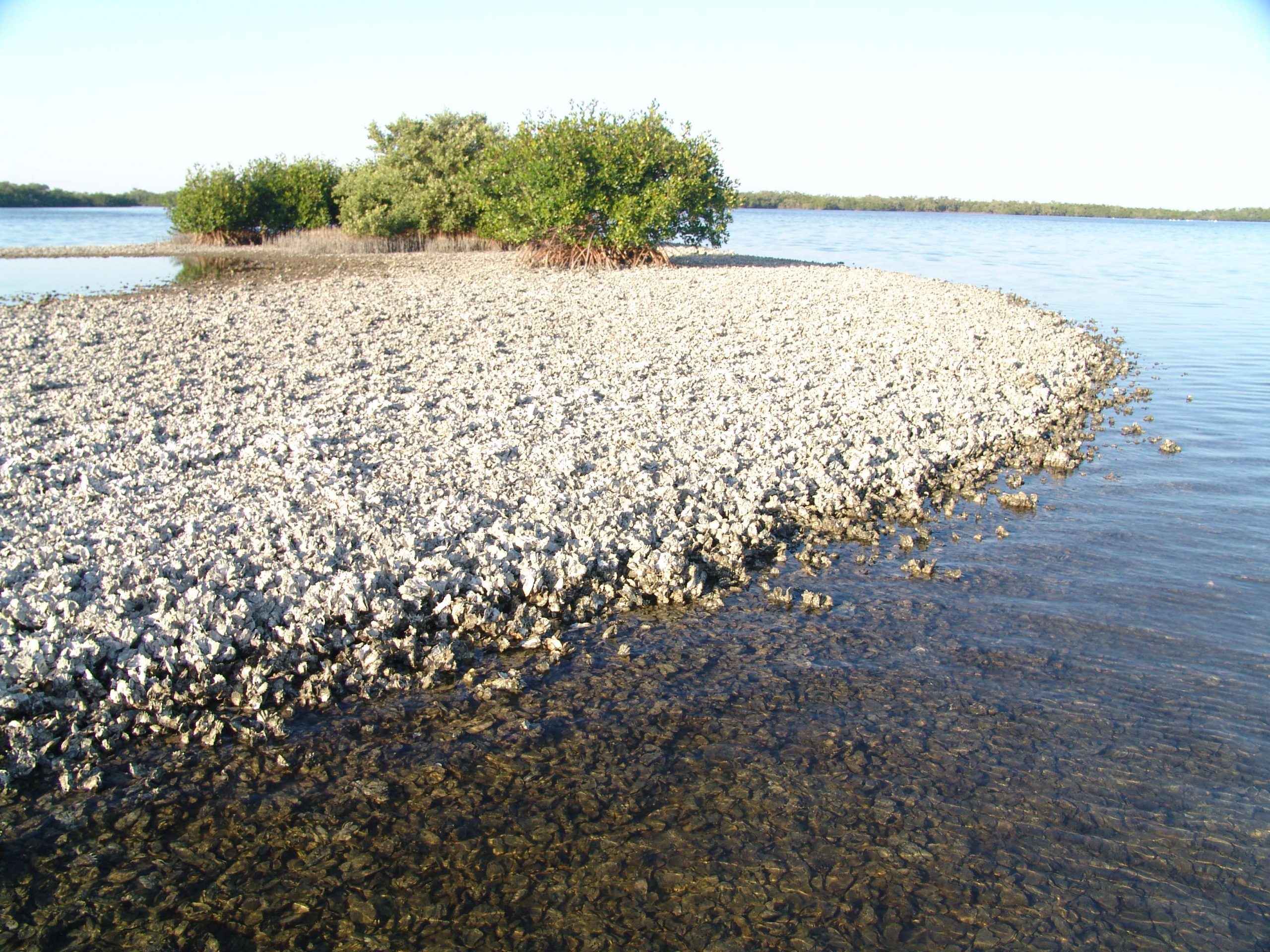
What they eat
We’d probably assemble a shorter list of forage a redfish “won’t” eat, but this dietary diversity bodes well for anglers who find these predators generally cooperative. Fishing live shrimp or baitfish under corks or free-lining cut mullet, ladyfish or threadfin herring usually delivers. On the artificial side, topwater plugs, in-line spinnerbaits, bladed jigs, weedless gold spoons, popping cork rigs or lead head jigs with synthetic shrimp or plastic shad tails tempt reds.
Similar to reservoir current fluctuations, tidal flow governs redfish feeding. Expect an uptick in activity as the incoming tide increases access to shallow feeding areas and another noticeable spark when the high tide turns and starts falling.
The latter is particularly relevant in marshes, as the falling water exits the filtering vegetation exceptionally clean. Baitfish falling out of the marsh tend to gather in this cleaner water, so hungry reds will stake out the drains and outfalls.
Mostly a schooling species, redfish are driven by instinctive feeding competition that maintains its influence even with singles and small groups. In shallow, clear water, it’s not uncommon to see several fish chasing a lure; often shoulder checking one another for first crack at the meal.
Tactical tip: If a redfish eats your lure, but shakes loose, or if a fish misses the initial attack, keep working the bait and a schoolmate will almost certainly capitalize on the missed opportunity.
Later in live
Juvenile redfish grow up in bays, estuaries and marshes, before reaching sexual maturity once they reach about 28-30 inches. At this point, these oversized reds are often referred to as “bull reds” for their size and power.
At maturity, redfish depart their inshore habitats and spend the rest of their lives in nearshore to offshore waters. Bull red hot spots range from the Mississippi Delta’s coastal bays and barrier islands, to the offshore and nearshore drilling rigs dotting the Northern Gulf, to northeast Florida’s Mosquito Lagoon and North Carolina’s famed Outer Banks.
These jumbo fish are won’t serve a tournament team (see below), but they’re tons of fun. Moreover, the presence of bull reds can help direct angler to the slot fish. Essentially, note where the big dogs are feeding, then look inward to the nearest bay, canal or marsh entrance.
This is particularly true during that fall spawning recruitment aggregation. The ones ready to join the adults will move to the outer edges of their juvenile habitats, while younger fish that might fit the tournament bill often gang up a little short of these areas.
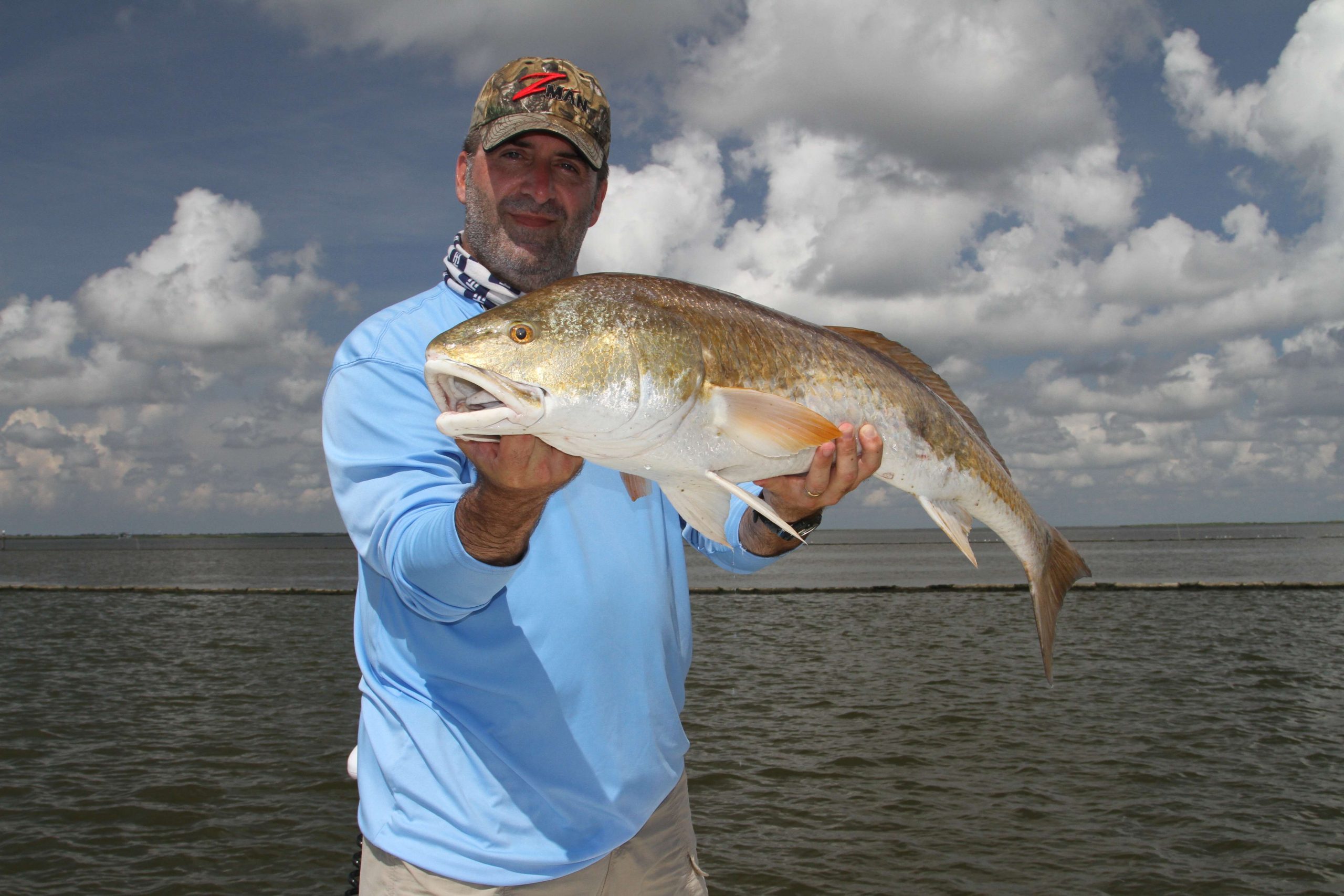
The approach
Redfish are bold predators, but they’re easily spooked when traversing shallow water. They certainly don’t like boats, but reds live every day with the constant threat of dolphins and coastal sharks like bulls and blacktips. Even the subtle pressure wake of a skiff feels like a predator moving through the water, and that’ll send the fish packing.
Sudden noises like heavy steps on the boat deck, slammed hatch covers or cooler lids and dropped tackle will amplify through the water. Make silence your soulmate, and you’ll fare well.
Read the signs: A school of reds moving through clear, shallow water will glimmer like a stack of new pennies. In lesser clarity, watch for pronounced V wakes or “nervous water” — surface rumblings caused by reds moving below.
A distinctive redfish behavior known as “tailing” happens when a redfish turns face-first toward the bottom and uses its tail for balance. At the right depth, tails will break the surface and wave like signal flags.
Travel buddies: Redfish often co-mingle with mullet schools, because those big-eyed vegetarians often displace lots of shrimp, crabs and baitfish from the sea grass. Opportunistic reds readily gobble the free meals, so casting to the perimeter of a mullet school, or throwing natural baits ahead of the fish’s course often scores an easy redfish bite.
Go slow: Wind drifts supplemented with push pole steering are often the best, but there’s a lot of wisdom in staking out an intercept course. If you spot a school of reds, their wake or tailers, position ahead of their movement, stake out with Power-Poles or Minn Kota Raptors and make low, lobbing casts with minimal splash as the reds approach.
When it all comes together and a redfish grabs your bait, simply raise the rod tip, maintain stead pressure and enjoy a fight.
